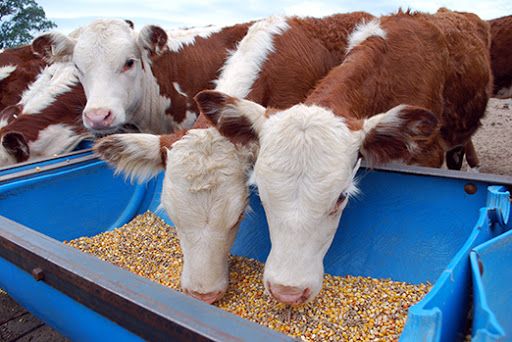Argentina‘s agriculture has particularly favorable natural conditions for diversified production: large tracts of fertile land and varied soil and climate.
Over the years, Argentina has positioned itself as one of the world’s leading food producers and exporters.
According to Cresud, during the 1990s, Argentine agriculture and livestock farming underwent radical changes, such as a significant increase in production and yields (thanks to a sustained agricultural modernization process), the relocation of production (crops vs. livestock) and a major restructuring process within the industry, as well as a greater concentration of land.
Taking advantage of a favorable international context, the agricultural sector has been one of the main drivers of Argentina’s recovery after the 2002 economic and financial crisis.
Globally, Argentina ranked as the seventh largest exporter of agricultural products, with 51 billion dollars in 2021.
According to World Trade Organization (WTO) statistics, it had the most dynamic year-on-year growth (+42%) among the 10 largest exporters of agricultural products.
Argentina’s agriculture
According to the World Agricultural Supply and Demand Estimates Repro, published by the U.S. Department of Agriculture on October 12, 2022, world soybean production for the 2022/2023 season is expected to be about 390.99 million tons, an increase of 10.7% over the 2021/2022 season.
Argentina is one of the main soybean exporters, together with Brazil, Paraguay and Uruguay.
Argentina’s soybean production and exports for the 2022/2023 season are expected to be about 51.00 million tons and 7.00 million tons, respectively.
This means a 15.9% increase in Argentina’s soybean production, and a 150.0% increase in its soybean exports, compared to the 2021/2022 season.
Second place
World corn production is also projected to be about 1,168.74 million tons for the 2022/2023 season, down 3.99% from the previous season.
Argentina is the world’s second largest corn exporter after Brazil, followed by Ukraine, Russia and South Africa.
For the 2022/2023 marketing year, Argentina’s corn production and exports are forecast to be around 55.0 million tons and 41.0 million tons, respectively.
This means a 3.8% increase in Argentina’s corn production, and a 5.1% increase in its corn exports, compared to the 2021/2022 season.
Cresud reports that the policies implemented by the new government since its inauguration have improved the projections for the agricultural sector.
Above all, the strong devaluation of the peso, the tax cuts on exports and the special exchange rate for soybean products have improved the situation of agricultural producers.
Lower production
Argentina’s wheat production and exports for the 2022/2023 season are expected to be about 17.50 million tons and 12.00 million tons, respectively.
This means a 22.2% decrease in Argentina’s wheat production, and a 26.2% decrease in its wheat exports; compared to the 2021/2022 season.
According to the Instituto de Promoción de la Carne de Vacuno (IPCVA), beef cattle slaughter during the second quarter of 2022 slightly exceeded 3.34 million head, a moderately higher amount that represents an increase of 6.3%, compared to the corresponding values for the first quarter of 2022, when approximately 3.14 million cattle had been slaughtered.
Compared to the second quarter of 2021, when about 3.17 million head had been slaughtered, cattle slaughter recorded a moderate increase of 5.5 percent.
During the first half of 2022, cattle slaughtering has resulted in approximately 6.48 million head, this is 2.2 percent above the corresponding values for the first half of 2021, when about 6.35 million cattle had been slaughtered.
![]()

